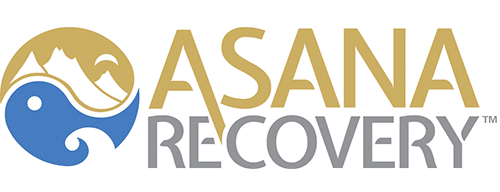According to the National Institute on Drug Abuse, over 100,000 Americans die each year as a result of alcohol or illegal drug use. A large number of individuals reach out for help but, unfortunately, between 60-90% of addicts relapse within the first year of treatment. Medical professionals are often looking for new and valuable tools they can incorporate in treatment programs for addicts. More professionals are adding exercise into recovery programs with promising results.
When a person tries to recover from an addiction, their body and mind often work against them. Their body results negatively to withdrawal symptoms while their brain constantly tells them they need the substance. Sadly, cravings often cause individuals to relapse simply because they are unable to find a safer alternative.
What causes a craving?
When an addict uses their substance of choice, it causes a flood of dopamine in their brain. Going without the substance for any given length can cause the body to overwhelm itself with negative emotions. Users often feel anxious, depressed, or nervous and feel the need to get high again so they do not feel these negative emotions.
It is not as simple as saying a person wants to get high. Generally, their brain is telling them that they need to get high and there is no other way around it. Thankfully, studies are showing safe alternatives addicts can rely on to calm their cravings and reach long-term success.
Several studies have found that physical activity is a promising tool for addicts that want to maintain sobriety. No matter the intensity of the workout, scientists found that the release of dopamine resulting from the exercise works as a deterrent for cravings while calming anxiety and depression in individuals with substance abuse disorders.
Individuals that exercise more, either in a group, under supervision, or on their own, experience a higher sense of accomplishment, improved health, or increased confidence in their ability to maintain sobriety.
What are some reliable activities?
The majority of patients studied found the most satisfaction out of walking. They were able to walk either indoors on exercise equipment or walk outdoors enjoying nature. In addition to walking, running, swimming, and lifting weight are also excellent options for staying fit. Ultra-intense physical activity is not necessary.
It is important to find something you want to do and can do on your own if necessary. A lot of physical activities can be performed at home, for free, rather than having to spend money on a gym membership. Even as little as 30-minutes a day, three times a week goes a long way in keeping an addicts mind clear and content.
At Asana Recovery, we have both indoor and outdoor programs designed to help addicts become more physically fit. Our trained professionals work with each individual to develop a workout routine that works for them. Through practice, patients develop physical skills they can use once the return back into society. If you are interested in seeing how our professionals at Asana Recovery can help you recover, please contact our admissions office today at (949)329-5479.



